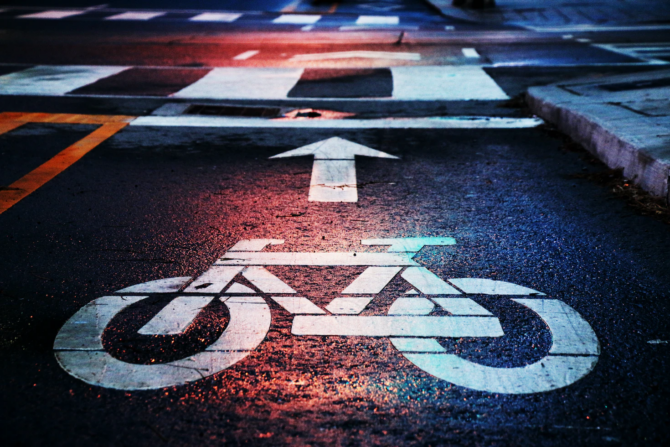Get ready for an epic weekend with Finish The Ride and Finish The Run Griffith Park brought to you by the non-profit road safety advocacy organization, Streets Are For Everyone!
This event is not just about running or cycling; it’s a powerful statement for safer streets and a celebration of resilience and community spirit.
This is a large event with multiple volunteer opportunities available over the weekend. Whether assisting with registration, supporting participants along the course, or helping with setup and takedown, your involvement is crucial. As an added bonus, six hours of volunteer work with us earns you free entry into one of our future races!
Most shifts can be flexible to fit your schedule. If you’d like to help, we’ll find a place for you whenever you’re available. Just let us know.
There are several days where volunteer roles are needed:
Thursday, April 4, 2024 – Packet Pick-Up
Friday, April 5, 2024 – Event Set-Up
- 10:30 am – 7:00 pm (various shifts available)
Saturday, April 6, 2024 – Event Day (Run)
- 5:30 am – 3:00 pm (various shifts available)
Sunday, April 7, 2024 – Event Day (Ride)
- 5:30 am – 5:30 pm (various shifts available)
Monday, April 8, 2024 – Event Tear-Down
Image courtesy StreetsAreForEveryone
Learn More










